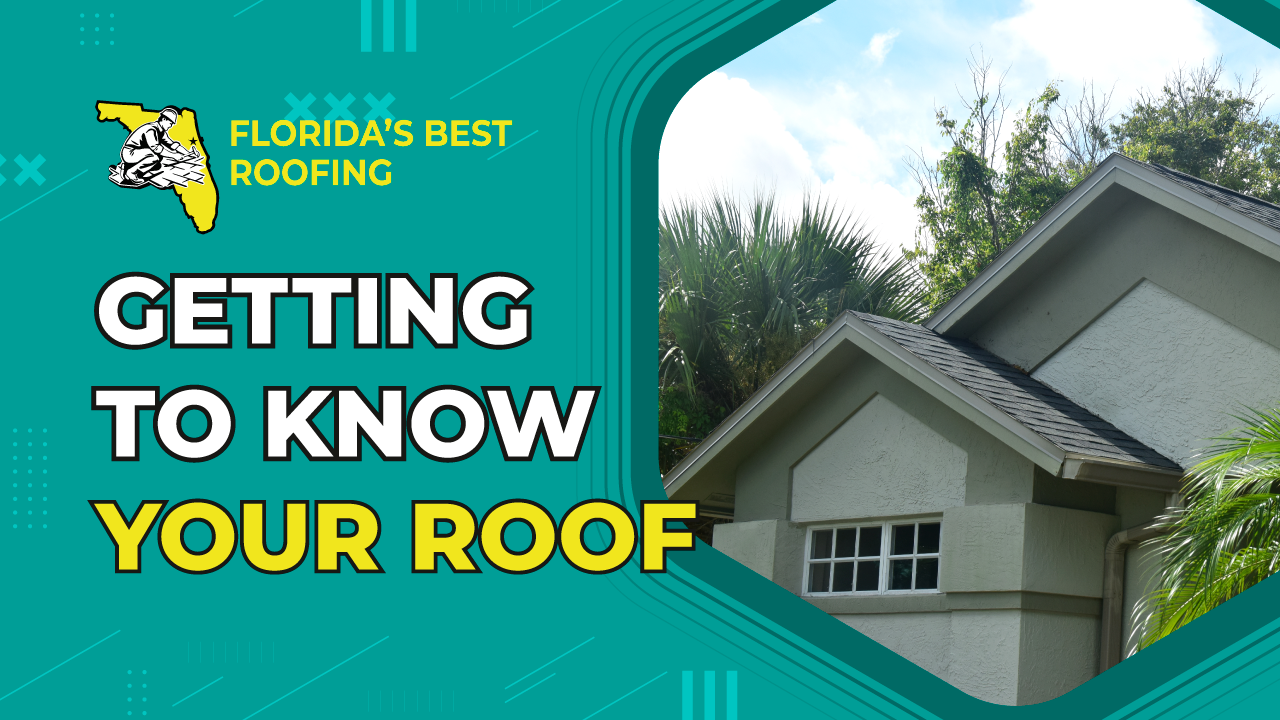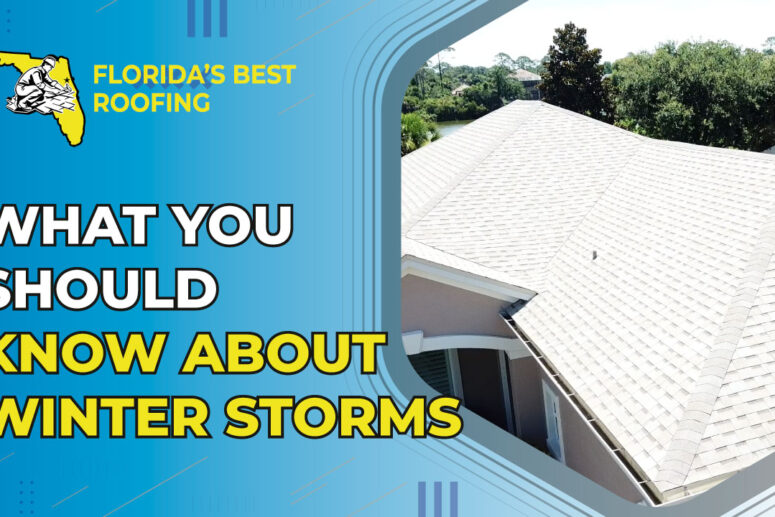If you have recently purchased a new house or property and during that purchasing process did not request or receive a roof inspection, then there are some immediate steps you should take in getting to know your roof. Especially in light of the second tropical storm we had last week in as many months, it is important to always be aware of the state of your home’s components and any changes in them. As a follow up to our last post, we are here to provide you with a helpful guide to getting to know your roof, particularly if you are a new homeowner.
Your first step should be to figure out what kind of roof you have and how old it is. You probably already know what kind of roof it is, as that is easy to ascertain just from looking at it. The material will give you an idea for the roof’s life expectancy. On average, 3-tab shingles have the lowest life expectancy among materials used commonly in our area with about 15 years. Architectural shingles (also called laminated or three dimensional) have an increased life expectancy of about twenty five to forty years. Metal roofs, provided that the correct type of metal is installed (especially if your property is located east of I-95 near the ocean), have a similar expectancy to architectural shingles with a slight advantage resulting in about thirty to fifty years. Tile roof life expectancies are more or less the same as metal.
Now that you know your roof’s life expectancy it is time to figure out how old it is now. Is it the original roof installed when the home was first built or has the roof recently been replaced? This information should be included in the documents you received with the home’s purchase. If it is not, however, this information can easily be found online. The local building department maintains public records of new construction and roof replacements, as both procedures require contractors to obtain permits. Identify whether your home is in city or county jurisdiction and then do a quick online search to find the age of your roof. Then, it is time to compare the roof’s age to its life expectancy. Hopefully, at this point you find out that your roof has a long time of peak efficacy remaining.
Whether that is true or not, the next step is to find out about the roof’s current condition and obtain knowledge of any prior problems or repairs. Ideally, the home’s previous owners or your realtor will provide you with that information. If they do not, and even if they do, it is always good practice to have your own inspection done independently. In the case that your roof is nearing its life expectancy, this is a necessary measure as well. The best person to inspect a roof is a licensed roofing contractor. They will be able to tell you the remaining life expectancy of the roof, any areas that are damaged or need repair, and any areas to watch in the future. A good roofer will also quickly identify any areas that were repaired in the past and how well those repairs are holding up. A thorough inspection from a contractor will typically cost one to several hundred dollars, depending on the size and complexity of the roof. On the other hand, roof replacement estimates are usually free and if you meet with the estimator in person, he will likely give you all the same information.
Another important aspect of getting to know your roof is identifying any warranties it may have. Newly constructed homes typically come with warranties on various of the building’s systems for the homeowner. Roof replacements also typically come with warranties, both manufacturers’ (for materials) and contractors’ (for labor). Repairs can also come with shorter warranties, but not always. Warranties can also be transferable or nontransferable; that is, when a house changes owners, sometimes the existing warranties come over with it and sometimes they do not. Transferable warranties also often have limits on how many times they can be transferred. In terms of roofing, manufacturers’ warranties can typically only be transferred once. Make sure you find out if there were any existing warranties on the property you bought and if any of them can be/have been transferred over with the sale.
Once you have gathered the information above, you are well on your way to getting to know your roof and your home. If any problems reveal themselves in the process, make sure to address them as soon as possible, before additional weather events exacerbate them.
If you have any questions about roofs, we would be happy to help you out. Florida’s Best Roofing, Inc. is a fully licensed (CCC 1325974) and insured, local roofing contractor with decades of experience. If you are interested in roof replacement or repair and you are in the Palm Coast, Flagler, or Volusia area, please give us a call at 386-263-7906 for a free estimate!



